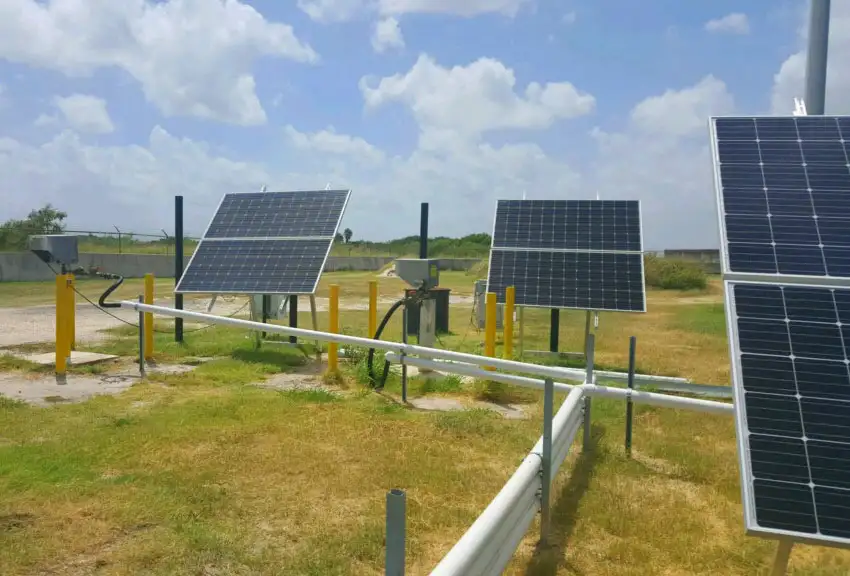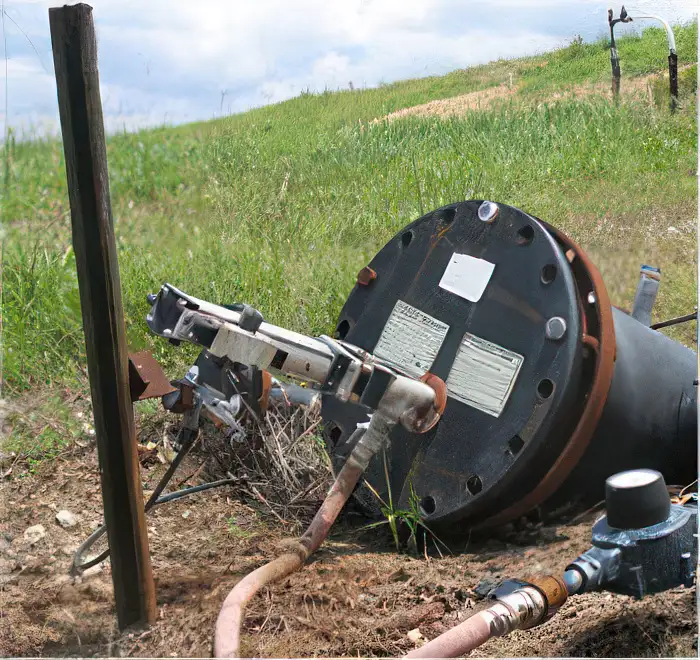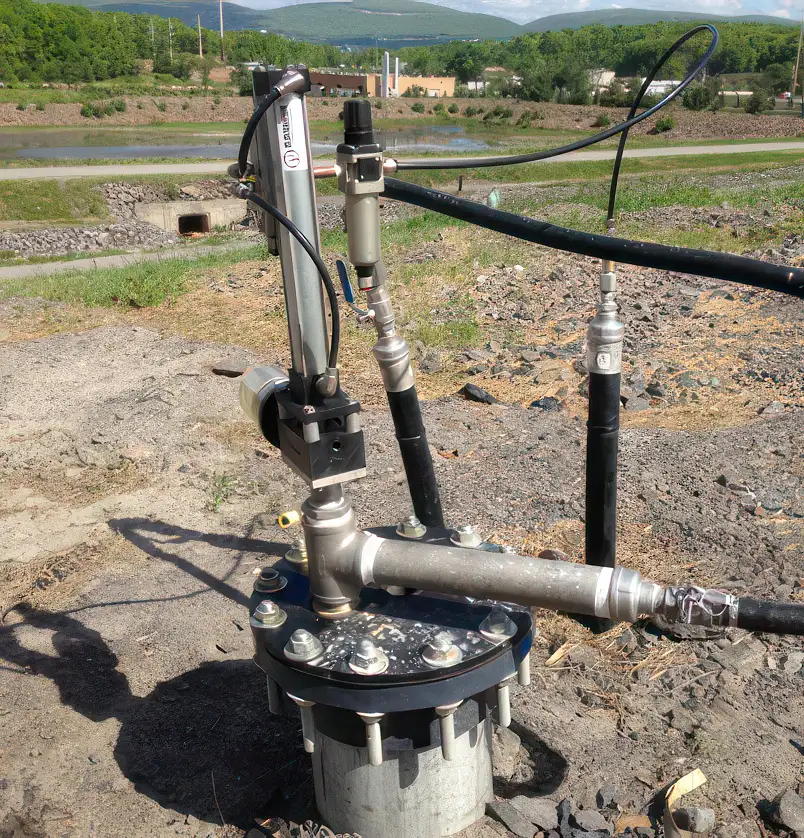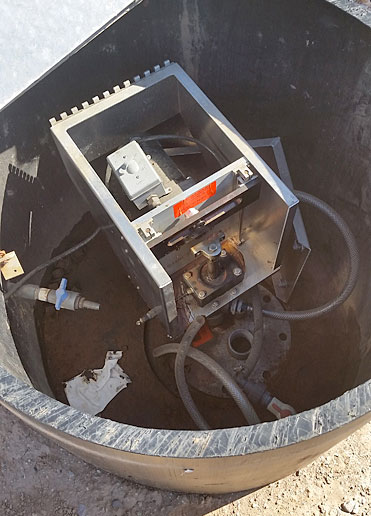An Argument for the Most Versatile Combo in Environmental Pumping
It’s simple, dependable, cost-effective, portable, versatile, durable and moves virtually anything that flows. Three ingredients: 1) The “old-reliable” piston-pump downhole, 2) the top-head driver (with only four moving parts) and 3) the solar panel.
The combination is increasingly being used at landfills, toxic-remediation sites, biogas and pipeline condensate operations, coal-ash and coal-tar recovery zones, petrochemical plants, remote/closed sites and for other applications benefitting from low-flow, controlled pumping not served by trenched power.




